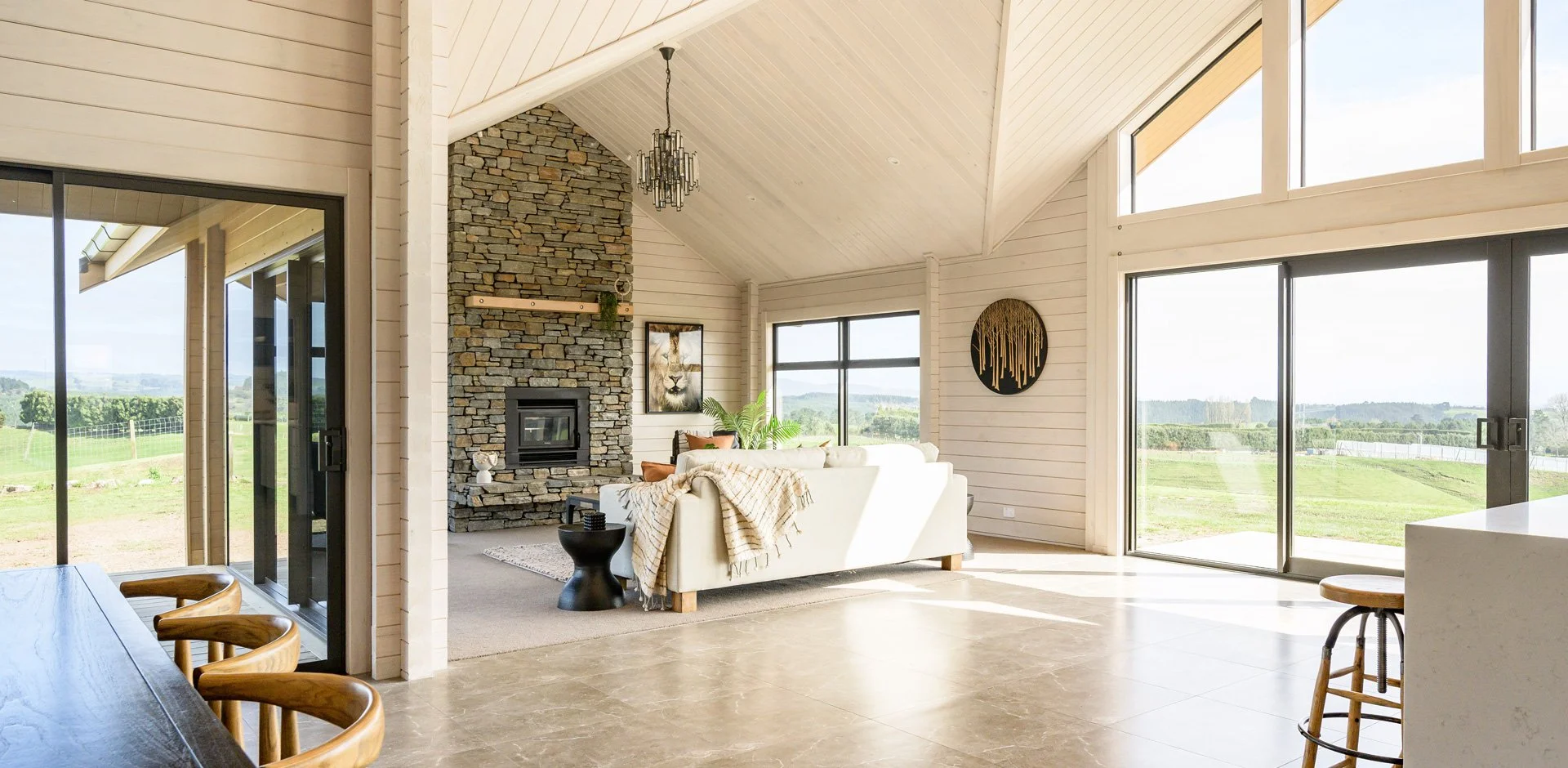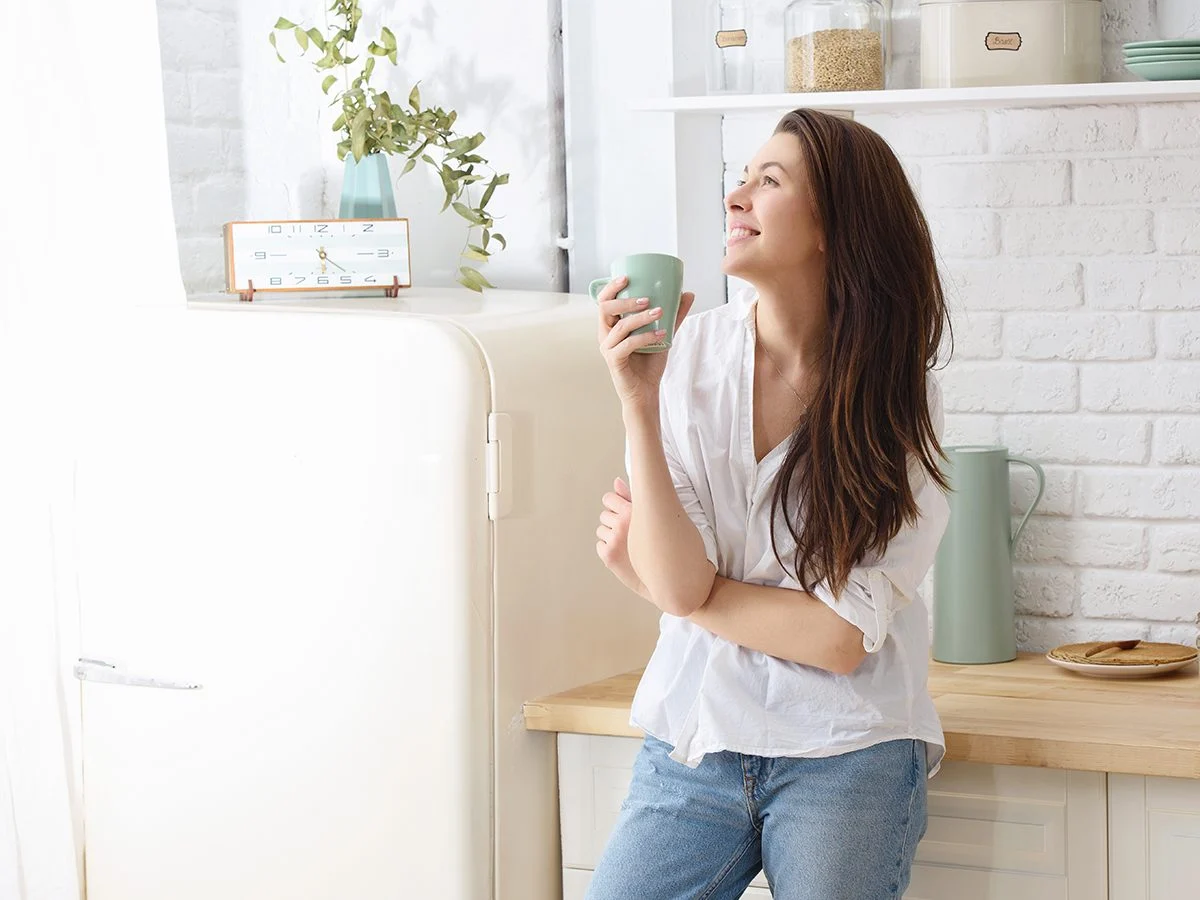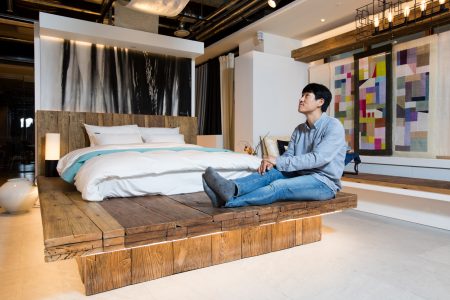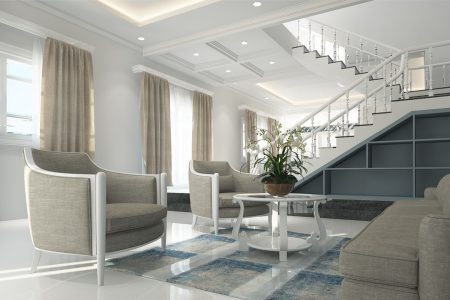Did you know that, according to the American Time Use Survey, people spend around 62 % of their waking time in their house? If we are spending that much of our time at home, don’t you think we should design a house that makes us feel safe, comfortable and healthy?
If so, here’s a comprehensive guide on how to design a healthy house.
Light
 Designing a house with a focus on promoting wellbeing and a healthy living environment is an excellent project. Lighting plays a crucial role in creating a healthy and comfortable home. Here are some factors to consider when working with the light factor in home design:
Designing a house with a focus on promoting wellbeing and a healthy living environment is an excellent project. Lighting plays a crucial role in creating a healthy and comfortable home. Here are some factors to consider when working with the light factor in home design:
Natural Light: Try to incorporate more ample natural light into your home design. Natural light has numerous health benefits, including boosting mood, enhancing productivity, and regulating the body’s circadian rhythm. Consider large windows, skylights, and light wells to maximize the entry of natural light into the living spaces.
Orientation: Pay attention to the orientation of your house in relation to the sun. Design rooms that require consistent natural light, such as living areas and workspaces, to face the north or south. This ensures more even and balanced natural light throughout the day.
Window Design: Optimize window design to maximize natural light while controlling glare and heat gain. Consider using low-emissivity (low-e) coatings on windows to reduce heat transfer and UV rays while maintaining daylight. Use window treatments such as blinds, curtains, or shades that allow for flexibility in controlling the amount of light entering the space.
Artificial Lighting: Plan your artificial lighting carefully to complement natural light and create a healthy and balanced environment. Use a combination of ambient, task, and accent lighting to cater to different needs and activities. Consider energy-efficient LED bulbs with adjustable color temperature (ranging from cool to warm) to mimic the natural progression of daylight throughout the day.
Lighting Control: Incorporate lighting controls to enhance the adaptability of your lighting scheme. Install dimmers, timers, or smart lighting systems that allow you to adjust the intensity and color of artificial lighting according to the time of day and specific activities. This flexibility promotes relaxation, concentration, and better sleep patterns.
Color Selection: Choose light colors for walls, ceilings, and furnishings to reflect and distribute natural and artificial light effectively. Lighter tones can make a space feel brighter and more spacious, while also enhancing the reflection of light within the room.
Biophilic Design: Integrate elements of nature into your home design. Consider indoor plants, natural materials, and views of green spaces. Biophilic design has been shown to improve overall well-being and reduce stress levels, creating a healthier and more pleasant living environment.
Circadian Lighting: Consider implementing circadian lighting systems that can adjust the color temperature and intensity of artificial light throughout the day. Mimicking natural daylight patterns can support the body’s natural circadian rhythm, promoting better sleep and overall health.
Task Lighting: Provide task lighting in specific areas where focused activities, such as reading or cooking, take place. Adequate task lighting reduces eye strain and supports productivity.
Light Pollution: Minimize light pollution both inside and outside your home. Ensure that light fixtures are properly shielded to prevent unnecessary glare and light spillage. Outdoor lighting should be designed to minimize light pollution and promote healthy sleep patterns.
Sound
Incorporate strategies to minimize noise levels within the house. Consider using sound-absorbing materials, double-glazed windows, and proper insulation to reduce external noise intrusion. This creates a peaceful and restful living space.
Indoor Air Quality
 Ensure good indoor air quality by incorporating proper ventilation systems that bring in fresh air and remove pollutants. Consider using low VOC (volatile organic compound) materials for construction and furnishings to minimize the release of harmful chemicals. Provide adequate filtration to remove allergens and particulate matter from the air.
Ensure good indoor air quality by incorporating proper ventilation systems that bring in fresh air and remove pollutants. Consider using low VOC (volatile organic compound) materials for construction and furnishings to minimize the release of harmful chemicals. Provide adequate filtration to remove allergens and particulate matter from the air.





